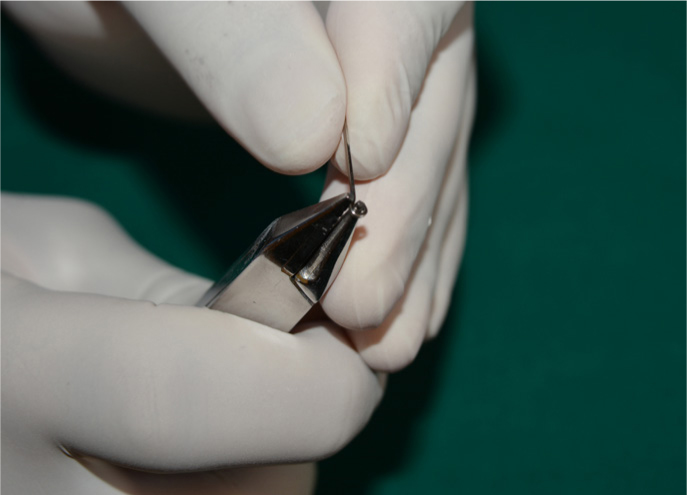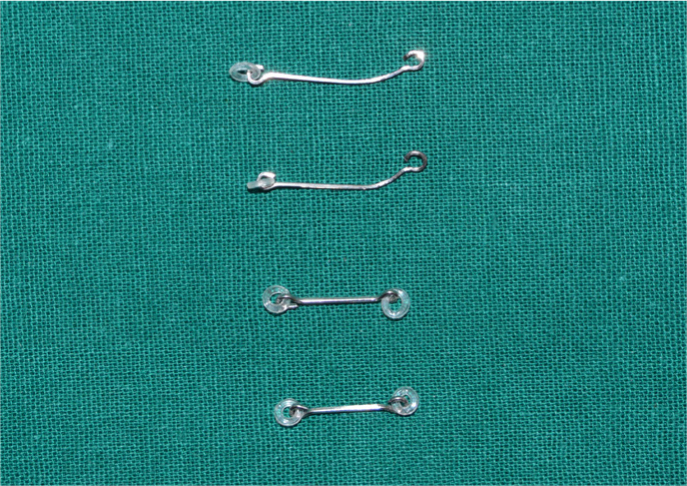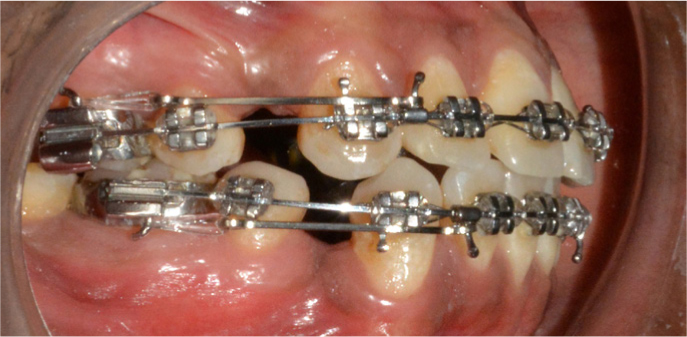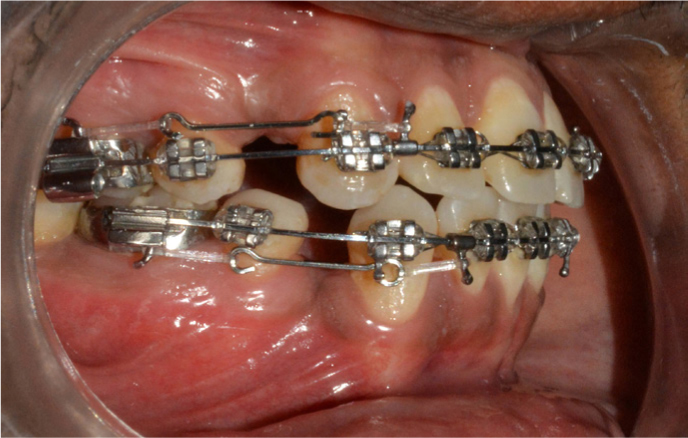Article
The usual method of space closure by sliding mechanics is by active tie-backs or elastomeric chain.1 The various drawbacks encountered with the use of active tie-backs is laceration on the buccal mucosa/inner surface of the cheek, impingement on soft tissue and gingival overgrowth, thereby often creating discomfort to patients. The following is a simple and unique method of space closure with the help of sectional 0.019” x 0.025” SS wire (Ortho organizers) and elastomeric module (Ormco).
Procedure




